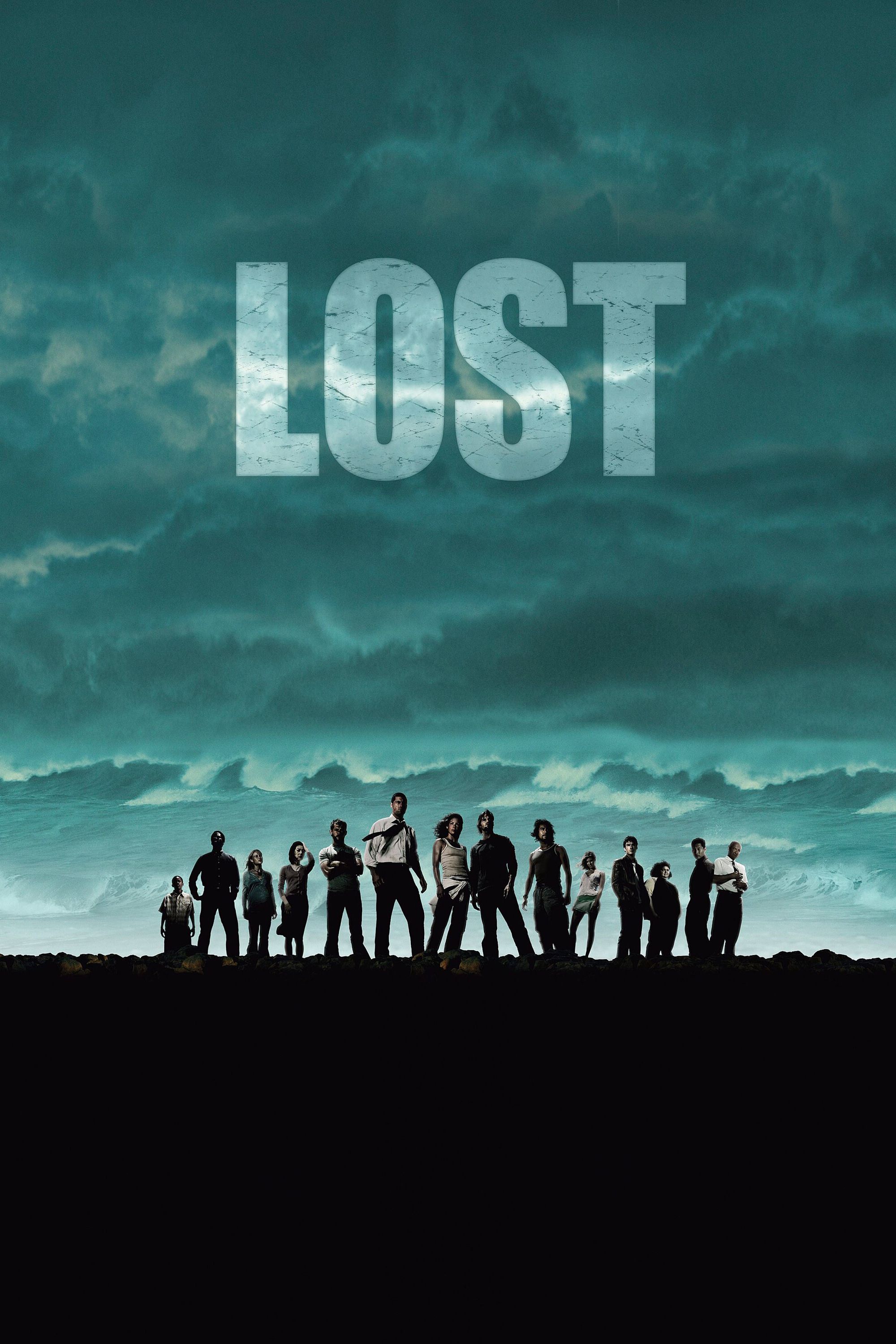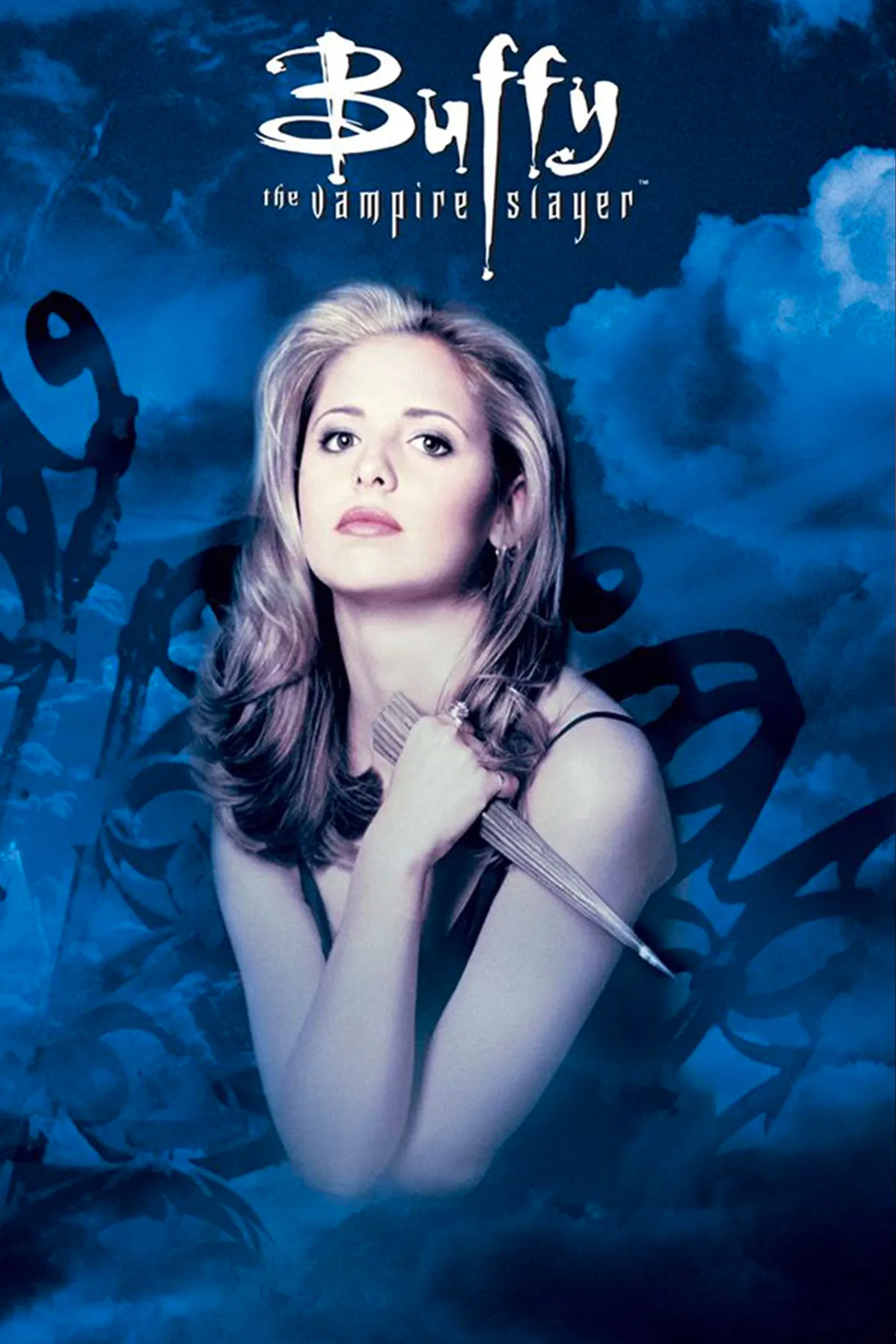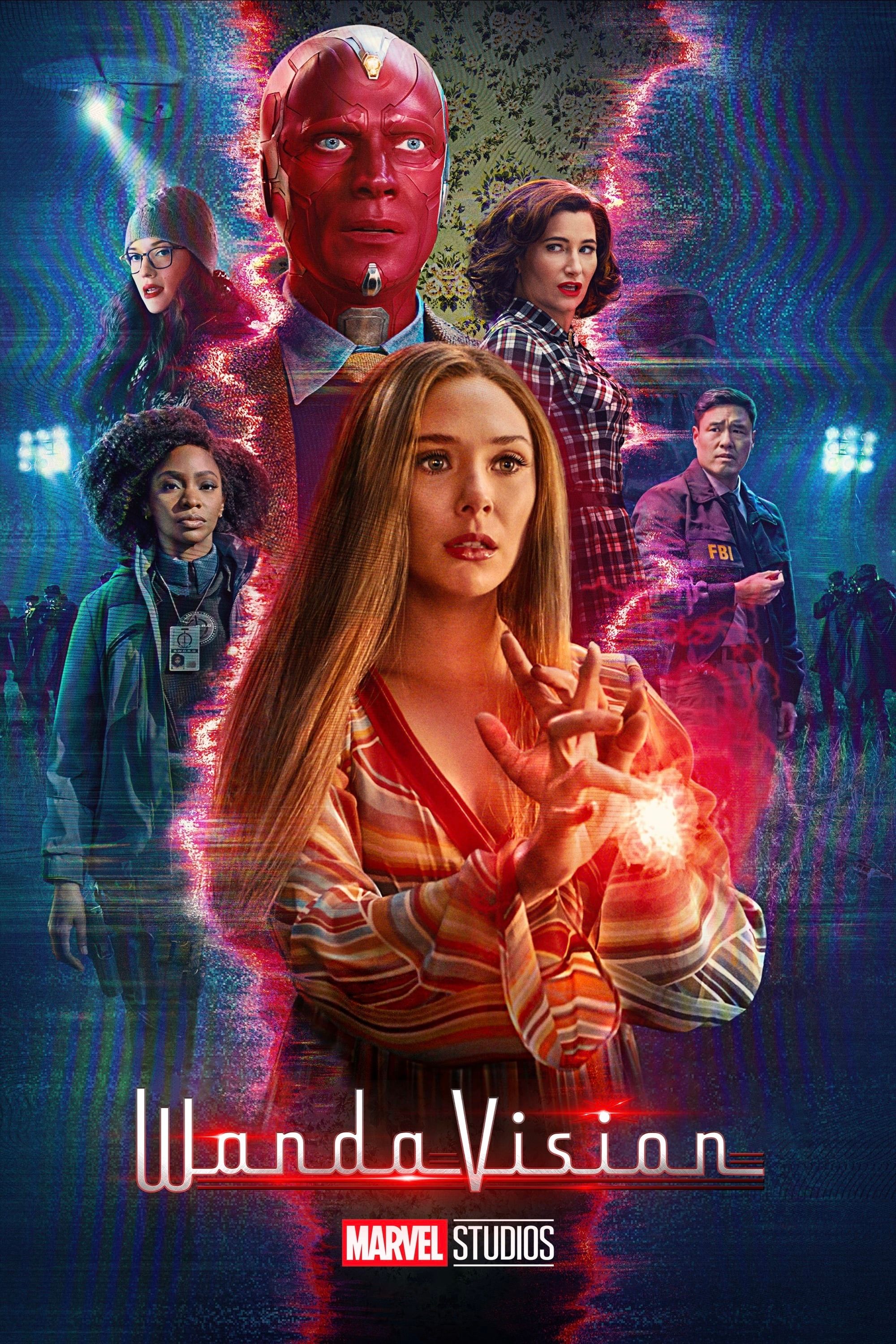It’s not uncommon for TV shows to take huge risks to keep up with the demands and requirements of the ever-changing landscape of television. When a series throws in a character change, plot twist, or unexpected shift in the formula, it can sometimes throw the entire project off balance. However, when executed correctly, these big swings can pay off enormously and serve to cement the show as a classic. While plenty of formulaic shows are popular and high quality, the pieces of TV that will be remembered for years to come are those that weren’t afraid to stand out.
While some of these TV shows shocked viewers with great plot twists many times over, there are other ways for series to branch out other than story choices. A common risk that producers and studios are often hesitant to green-light is budget increases or any type of plot point that would alienate or upset audiences. However, it’s unavoidable that some choices will be polarizing for viewers, as it’s impossible to please everyone. Fortunately, most fans of these shows were pleased and intrigued by the direction the series took because it increased their overall longevity.
10
Doctor Who (1963–Present)
The Concept Of Regeneration
Doctor Who (1963) is a British sci-fi television show that follows the adventures of the Time Lord known as the Doctor, who travels through time and space in the TARDIS, a time-traveling ship disguised as a British police box. The Doctor, played by various actors over the years, encounters numerous foes and allies while striving to right wrongs and save civilizations.
- Release Date
-
November 23, 1963 - Cast
-
William Hartnell
, Patrick Troughton
, Jon Pertwee
, Tom Baker
, Frazer Hines
, Nicholas Courtney
, Pat Gorman
, Elisabeth Sladen - Creator(s)
-
Donald Wilson
- Seasons
-
26
- Writers
-
Sydney Newman
There have been many eras of Doctor Who over the years, with Ncuti Gatwa leading the latest seasons as the titular Doctor, but the original series created many of the iconic aspects of the series. It was a stroke of genius when the writers and creators of Doctor Who realized that the series was too strong to end because William Hartnell, the first Doctor, wanted to exit the show. To keep the series running, they introduced regeneration, which allowed the Doctor to still be the protagonist, no matter what actor brought them to life.
It’s been a constant source of excitement and evolution for the series.
Recently, the series shook things up with the concept of bi-generation, but Doctor Who confirmed bi-generation can’t happen again. Though Doctor Who has tried, nothing will beat or unseat regeneration as the best idea of the entire series. On paper, it seems as if audiences would be hesitant to accept a new actor in the role of the beloved main character. Instead, it’s been a constant source of excitement and evolution for the series.
|
Series |
Rotten Tomatoes Critic Score |
Rotten Tomatoes Audience Score |
|
Doctor Who (1963–Present) |
90% |
64% |
9
Lost (2004–2010)
Episode 1’s Big Budget
There are plenty of narrative turns that were major risks for Lost over the years, but it’s the conception of the series as a whole that was the most revolutionary aspect of the project. The pilot of Lost is considered one of the best pilots in TV history, and this was thanks to a combination of elements coming together perfectly. However, none of the execution would’ve been possible if not for the large budget allocated for the pilot and season 1 as a whole.
A pilot that could’ve failed to get this level of resources was incredible, and it paid off in the long run for Lost, as the two-part first episode set the tone of the series. One of the creators of Lost, J.J. Abrams, has made his mark on Hollywood with many big-budget blockbusters like Star Wars and Star Trek, but it’s clear that he has always known where to put this kind of money. Lost understood that the story wouldn’t have been half as effective without the spectacle of the plane crash and ensemble cast.
|
Series |
Rotten Tomatoes Critic Score |
Rotten Tomatoes Audience Score |
|
Lost (2004–2010) |
86% |
89% |
8
Buffy The Vampire Slayer (1997–2003)
Killing Buffy Twice
There’s no shortage of tragic deaths in Buffy The Vampire Slayer‘s seven-season run, and the fact that season 1 concludes with the death of the protagonist demonstrated that the series was willing to be dark. Of course, Buffy, brilliantly played by Sarah Michelle Gellar, is brought back to life, but this early trauma informs the rest of her life and her approach to being the slayer. The reason Buffy was killed off again at the end of season 5 was because the creators thought this was the final season of the show.

Related
Buffy The Vampire Slayer’s Most Shocking Death Was Foreshadowed A Whole Season Early
Buffy the Vampire Slayer foreshadowed its most shocking main character death a whole season before the tragic event unfolded, reshaping Buffy forever.
Buffy The Vampire Slayer season 6 was so dark because the network change and Buffy being brought back to life for the second time meant that the tone and themes of the series had to evolve. While season 6 is one of the most polarizing installments of the show, it turned out to be a blessing that Buffy died in season 5, as it allowed the series to grow and change, gearing up for a heartfelt and satisfying end to the Slayer’s story in season 7.
|
Series |
Rotten Tomatoes Critic Score |
Rotten Tomatoes Audience Score |
|
Buffy The Vampire Slayer (1997–2003) |
85% |
92% |
7
Succession (2018–2023)
Killing Off Logan
Succession‘s final season goes out with a bang, as the despicable actions of the corrupt protagonists catch up with some of them, and others are rewarded for their duplicity. Up until season 4, Logan (Brian Cox) is the formidable patriarch of the Roy family and controls every move his children make, whether they realize it or not. Desperate to get out from under his shadow and to win his approval, they’re in the middle of an epic battle and estrangement with him when Logan suddenly dies in season 4, leaving the future uncertain.
The three main Roy children are left spinning in the wake of his death as the center of their universe disappears, leaving them to fight for the company they don’t truly understand. On paper, Logan was a vital character and drove the plot of Succession forward like no one else. However, finally getting to see the Roys without him and grasping just how much he was shielding them from and how incapable they are is what demonstrates the vicious cycle at the heart of Succession.
|
Series |
Rotten Tomatoes Critic Score |
Rotten Tomatoes Audience Score |
|
Succession (2018–2023) |
95% |
88% |
6
Pretty Little Liars (2010–2017)
Bringing Alison Back
Often outlandish and always over-the-top, Pretty Little Liars is a classic teen TV drama from the 2010s that has helped define this era of television. The crux of the first several seasons relies on the mysterious disappearance and assumed death of Alison, the lynchpin of a group of high school friends who reunite when they start being blackmailed by someone who knows all their secrets. The chemistry of the main four young women, Aria, Hannah, Emily, and Spencer, is thrown off when Alison is revealed to be alive, and Pretty Little Liars elevates her to the main cast.
Some of the most dramatic and action-packed episodes came out after Alison came home.
Alison might have been the leader of the group before the events of the show, but putting her back in high school and asking the audience to accept her as part of the core cast might not have worked. However, it turned out that this shakeup was just what Pretty Little Liars needed. Some of the most dramatic and action-packed episodes came out after Alison came home. Additionally, the original liars were forced to confront Alison and prove that they weren’t going to be controlled by her anymore.
|
Series |
Rotten Tomatoes Critic Score |
Rotten Tomatoes Audience Score |
|
Pretty Little Liars (2010–2017) |
81% |
81% |
5
M*A*S*H (1972–1983)
MASH Becoming A Drama
MASH is one of the most important sitcoms in television history, and while it’s hard to pick just one episode that marks the turning point of MASH, throughout the seasons, the series changed a lot. What started as a traditional comedy full of hijinx and the occasional serious moment soon turned into a show that experimented with form and grappled directly with the cost of war. With episodes shot entirely in black and white, from the point of view of a wounded soldier, or the boundary-breaking finale, it’s hard to describe just how much MASH impacted TV.

Related
10 Most Rewatchable Episodes Of MASH That Never Get Old
MASH is one of the most iconic shows of the 20th century, and the most enduring episodes of the series demonstrate what makes it relevant today.
Alan Alda was the enduring star of MASH as Hawkeye Pierce, the charming doctor who pulled a few too many pranks but made up for it with pure talent and dedication. As the series progressed, Alda stepped behind the camera to contribute creatively to the direction that MASH was going in. Though it retained its episodic format, MASH saw its characters tackle death, devastation, and serious growth and development in ways that no other show on television would consider doing.
|
Series |
Rotten Tomatoes Critic Score |
Rotten Tomatoes Audience Score |
|
M*A*S*H (1972–1983) |
N/A |
87% |
Season 1, Episode 23, “Modern Warfare”
For about the first half of Community season 1, the show was merely a slightly more quirky sitcom that followed the traditional rules of the genre. While there are plenty of episodes throughout the season that demonstrate the meta and referential direction the show was going in, “Modern Warfare,” commonly known as the paintball episode, cements a good deal of Community‘s legacy. Adding an immersive homage episode at the end of the season was a risk for the writers and creators, but this episode is now regarded as one of the best.
Community stopped trying to be anything but entirely itself, paving the way for the many projects that have tried to emulate it.
From here, Dan Harmon and the creative team behind Community dove headfirst into the strange, experimental, and sometimes off-color elements of Community that fans know and love. While the writing was always good and the cast was funny, Community was never going to stand out as a regular sitcom when there were already so many on the air. Instead, Community stopped trying to be anything but entirely itself, paving the way for the many projects that have tried to emulate it.
|
Series |
Rotten Tomatoes Critic Score |
Rotten Tomatoes Audience Score |
|
Community (2009–2015) |
88% |
88% |
3
Fargo (2014–2024)
Making Season 2 A Prequel
Already, the idea of basing a TV series on a darkly comic and famous movie like Fargo was a potentially disastrous move. However, every season of Fargo has shown that there’s no shortage of concepts, crimes, and characters to come up with within the canon of the 1996 movie. Fargo season 1 is similar to the story created by the Coen Brothers in the film, but by season 2, the creator, Noah Hawley, realized that the series needed to keep distinguishing itself.
Fargo season 2 is widely considered to be the best of the show, thanks to the performances from Kirsten Dunst, Jesse Plemons, Jean Smart, and many other stellar actors. However, the best part of this season is the fact that it’s set before the events of season 1. This opened the door for Fargo to play with different eras and put its story in any possible time period for the remainder of the show. While this could’ve made longtime fans of the film uncomfortable, it ended up helping to uplift the series’ legacy.
|
Series |
Rotten Tomatoes Critic Score |
Rotten Tomatoes Audience Score |
|
Fargo (2014–2024) |
93% |
85% |
2
WandaVision (2021)
Experimenting With Form
There’s a reason why WandaVision is remembered as one of the best original MCU TV shows. It flips the script on all the tropes and formulas that viewers had come to expect from the franchise. Though Marvel movies and series had grappled with grief in the past, WandaVision was a story entirely about Wanda (Elizabeth Olsen) learning to move on from her grief and let herself feel Vision’s (Paul Bettany) loss. However, this dramatic tone wasn’t all that set the series apart.
Such a high-concept script could’ve easily alienated viewers, but instead, WandaVision is a beloved MCU show that fans continue to revisit.
Instead of focusing on the superhero aspects of Wanda’s life, which is what was expected, WandaVision was extremely metatextual, using the styles and aesthetics of sitcoms throughout the ages to serve as a coping mechanism for Wanda’s loss of the change at a traditional family unit. Such a high-concept script could’ve easily alienated viewers, but instead, WandaVision is a beloved MCU show that fans continue to revisit. Olsen and Bettany’s performances as Wanda and Vision are beautifully tragic aspects of the project.
|
Series |
Rotten Tomatoes Critic Score |
Rotten Tomatoes Audience Score |
|
WandaVision (2021) |
92% |
88% |
1
Fringe (2008–2013)
Final Season Time Jump
Often compared to The X-Files, Fringe might have been a crime series that tackled elements of sci-fi and fantasy, but it was much more clear in its belief. The strange occurrences and impossible technologies in Fringe were all real, and with every season, the mysteries surrounding them became more incredible. Though the introduction of the parallel worlds was also a big swing, the most divisive choice Fringe made was utilizing the time jump in season 5.
Great sci-fi TV shows like Fringe touch upon time travel all the time, but Fringe season 5 sees its central characters put themselves in a type of stasis and wait for a period of the future when they can fight the Observers. This essentially changes the entire premise and thrust of Fringe, making it almost unrecognizable from season 1. However, it was an impressive and memorable note to end on and gave the characters the conclusion they deserved.
|
Series |
Rotten Tomatoes Critic Score |
Rotten Tomatoes Audience Score |
|
Fringe (2008–2013) |
90% |
80% |











